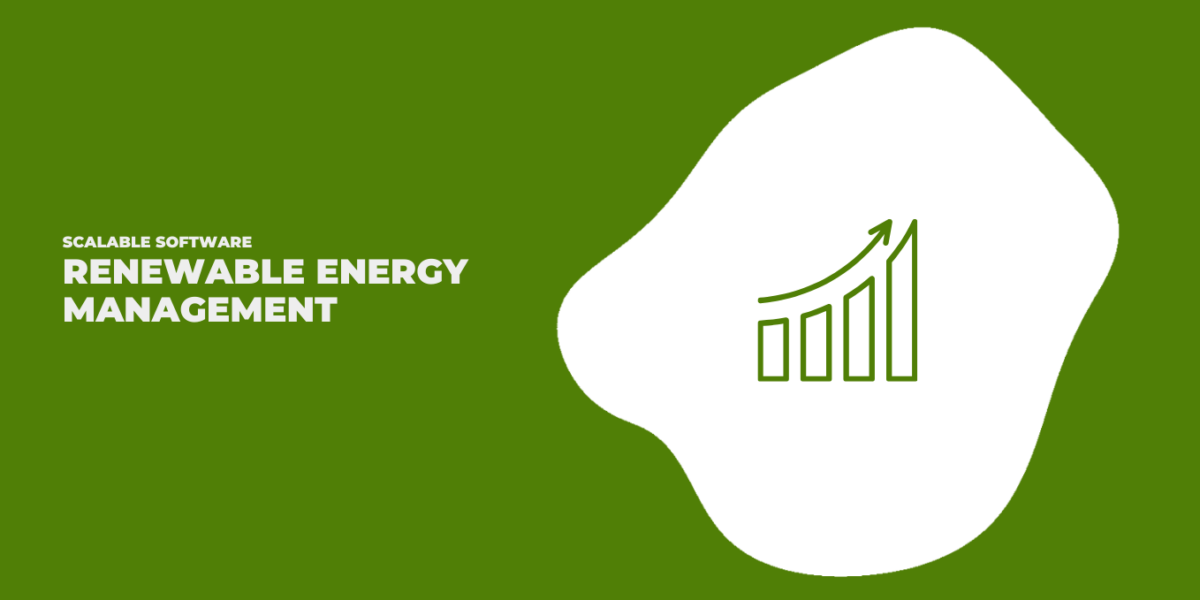In today’s hyper-globalized economy, corporations have an unrivalled influence on consumer preferences and policy development.
This gives them an outsized impact on prevalent global issues, such as climate change mitigation, where corporate participation is necessary for success. Luckily, corporate sustainability initiatives have dramatically increased in the last few years as renewable energy costs have plummeted, and investors have begun demanding bold climate action. While there’s unfortunately still plenty of greenwashing (misleading information that falsely presents an environmentally responsible public image), corporate sustainability trends are clearly moving in a positive direction.
Before we get into the role of power purchase agreements (PPAs), it’s necessary to clarify how corporate emissions are broken down. There are three distinct ’emission clusters’ — referred to as scopes — that need to eventually be accounted for in sustainability plans.
1. Scope one refers to direct, in-house emissions from owned and controlled sources, such as a gas boiler.
2. Scope two emissions are indirect in that they come from purchased energy produced off-site.
3. Finally, scope three covers all other emissions in a company’s value chain.
Different tools and company policies are needed to address the various emission clusters, including PPAs. However, no single approach is suitable for all of the scopes simultaneously. Additionally, depending on the specific industry and capital equipment in use, greenhouse gases may be concentrated in one area more than the others.
For the first scope, reducing on-site energy consumption is key to reducing emissions. This could mean switching from a gas to an electric boiler or switching from a fleet of gas-powered to electric vehicles. Or, even more straightforward, it could mean investing in energy efficiency retrofits.
The second scope is where PPAs come into play, as they enable companies to pursue renewable energy mandates — and their many associated benefits — without needing to purchase and own any assets. By signing PPAs, corporations can contribute to Sustainable Development Goal #12 — ensuring sustainable consumption and production patterns — while hedging against future price increases and avoiding operation and maintenance (O&M) costs. As long as corporations have the resources to sign up to a PPA, they can reap substantial benefits with minimal management effort. Instead, renewable energy developers take on these efforts and risks.
Of course, some companies may choose on-site renewable energy production. Such is the case with Apple’s California-based headquarters, which boasts an impressive 17-megawatt rooftop solar array, and Tesla’s Gigafactory, which utilizes solar, geothermal, and wind power. However, the problem with this approach is that it’s not particularly pragmatic for most companies, especially smaller ones. The financial resources or in-house expertise required to install and maintain renewable energy equipment is often lacking — hence the popularity of PPAs.
According to Pedro Faria, technical director at the global non-profit CDP, the most significant barrier to corporate sustainability has traditionally been the “absolute tension” between short-term profitability and long-term societal obligations. But this tension is part of why corporations are increasingly turning to PPAs to reduce scope two emissions.
They not only produce positive tangible benefits for a company’s bottom line but also on the regional ambient environmental quality. Not to mention, boosting the demand for renewable energy — which is a substitute for hydrocarbon power — decreases the demand for fossil fuel extraction. And because PPAs usually represent a massive flow of electricity, they’re easy to highlight as a demonstration of leadership in corporate sustainability.
The third scope of corporate emissions is the hardest to measure and track progress on. There are, however, some notable examples of success that have made headlines in recent years. For instance, Walmart launched Project Gigaton in 2017, challenging its suppliers to reduce scope three emissions by more than one billion metric tons by 2030. Since the project started, emissions have been reduced by 93 million metric tons, primarily through renewable energy adoption, energy efficiency retrofits, and sustainable packaging. Apple’s success at fostering value chain emission reductions has been even more impressive, with the company now boasting 44 suppliers committed to using 100% renewable energy for Apple-related work.
Addressing all three scopes of emissions is critical to the success of a long-term corporate sustainability plan — and to tackling climate change. Although the specific costs and difficulty of addressing each scope vary by firm and industry, some consistent actions can be undertaken to protect against future risks and position a company as a leader on corporate sustainability issues.
Pursuing energy efficiency initiatives, increasing renewable energy usage through PPAs or on-site production, and committing to supplier partnerships in line with sustainable values are three of the most effective actions companies can take to be leaders in the fight against climate change.
Luckily, each comes with security and financial benefits, making it more enticing than ever before for companies to become environmental champions.




